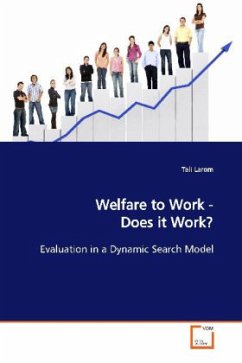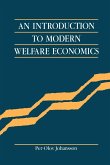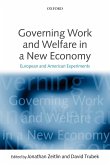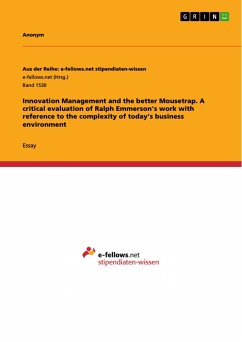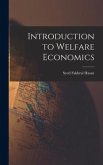This book examines the effects of welfare to work
programs on labor supply, employment, wages and
utility of participants. A dynamic stochastic job
search model is used, where agents choose their
labor state and search effort. The model includes
four policy tools: counseling services, workfare,
subsidies to employers and income tax credits. The
main finding is that individuals preferences and
their subjective value of leisure change simulated
program effects quite significantly, as they suggest
different reasons for low employment and so require
different policy tools. When the value of leisure is
relatively low, counseling, workfare and subsidized
work increase the employment rate, while tax credits
alone do not change it. When the value of leisure is
higher all policy tools have a positive effect on
the employment rate. Moreover, counseling in this
case stimulates search and employment even when it
makes no contribution to job offer probabilities,
simply by imposing sanctions. It is also found that
counseling, workfare and subsidized work have a
negative effect on individual welfare, which is more
significant for less educated agents.
programs on labor supply, employment, wages and
utility of participants. A dynamic stochastic job
search model is used, where agents choose their
labor state and search effort. The model includes
four policy tools: counseling services, workfare,
subsidies to employers and income tax credits. The
main finding is that individuals preferences and
their subjective value of leisure change simulated
program effects quite significantly, as they suggest
different reasons for low employment and so require
different policy tools. When the value of leisure is
relatively low, counseling, workfare and subsidized
work increase the employment rate, while tax credits
alone do not change it. When the value of leisure is
higher all policy tools have a positive effect on
the employment rate. Moreover, counseling in this
case stimulates search and employment even when it
makes no contribution to job offer probabilities,
simply by imposing sanctions. It is also found that
counseling, workfare and subsidized work have a
negative effect on individual welfare, which is more
significant for less educated agents.

